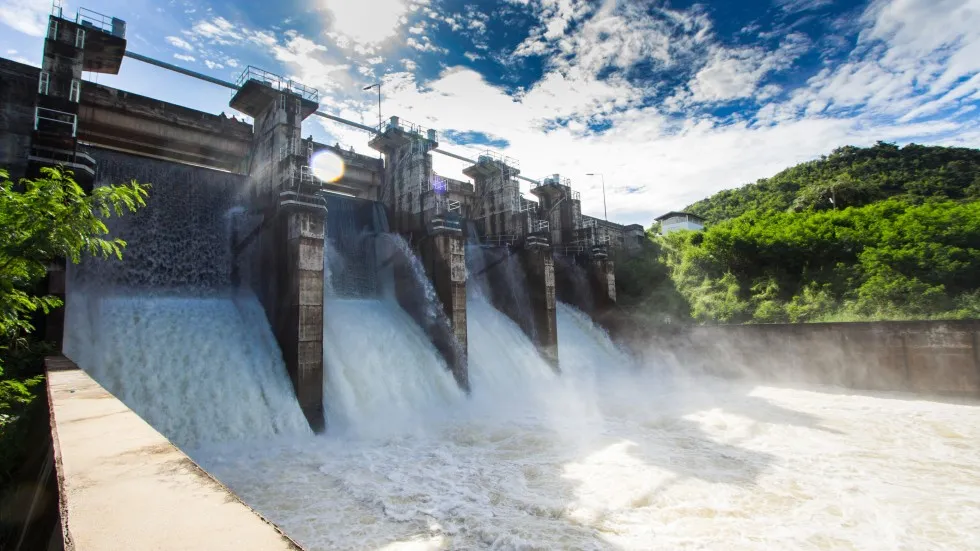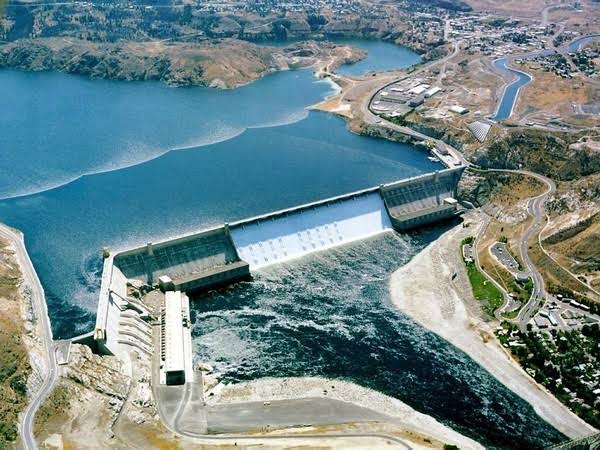Pakistan, a land of breathtaking landscapes and abundant natural resources, boasts around 150 dams across its provinces. These engineering marvels not only serve as vital sources of electricity and water supply but also offer scenic getaways for locals and tourists alike.
Tarbela Dam
Location: Haripur
Impounds: Indus River
Height: 143.26 meters (470.0 feet)
Year of Completion: 1974
Situated near Swabi, Tarbela Dam stands as the world’s largest earth-filled dam. Constructed on the mighty Indus River, it was designed primarily for irrigation and power generation. With its impressive storage capacity and 17 dedicated water turbines, Tarbela contributes significantly to Pakistan’s hydroelectric power supply.
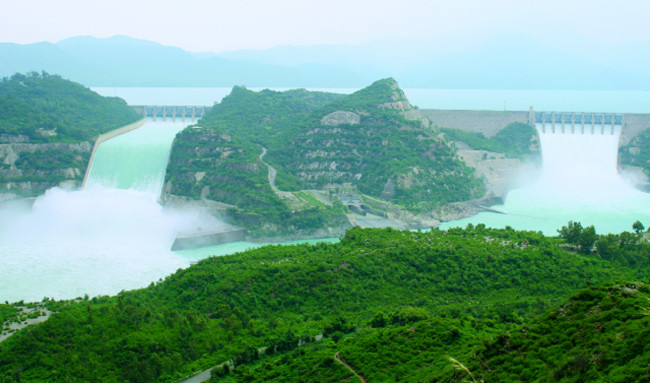
Rawal Dam
Location: Islamabad Capital Territory
Impounds: Korang River
Height: 40.7 meters (133.5 feet)
Year of Completion: 1962
Rawal Dam, nestled in the heart of Islamabad, serves as a vital water source for the twin cities. Beyond its functional role, it has emerged as a popular recreational spot, offering activities such as boating and fishing, making it a favorite destination for locals and tourists.
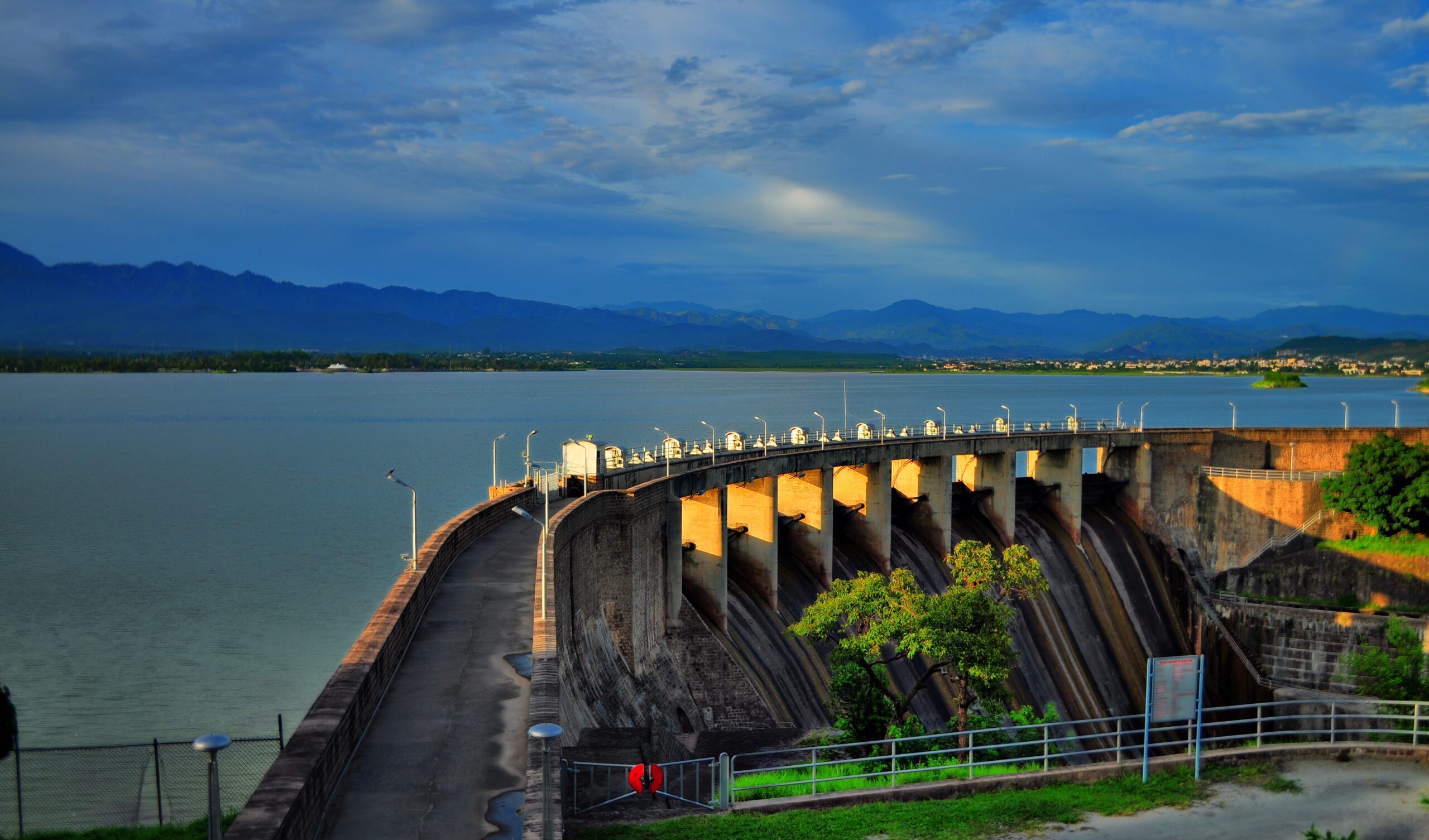
Diamer Bhasha Dam
Location: Gilgit Baltistan
Impounds: Indus River
Height: 272 meters (892 feet)
Status: Under Construction
Currently under construction, Diamer Bhasha Dam is poised to become the world’s highest dam upon completion. With its ambitious power generation capacity and vast water storage capabilities, it holds immense potential to bolster Pakistan’s energy and agricultural sectors.
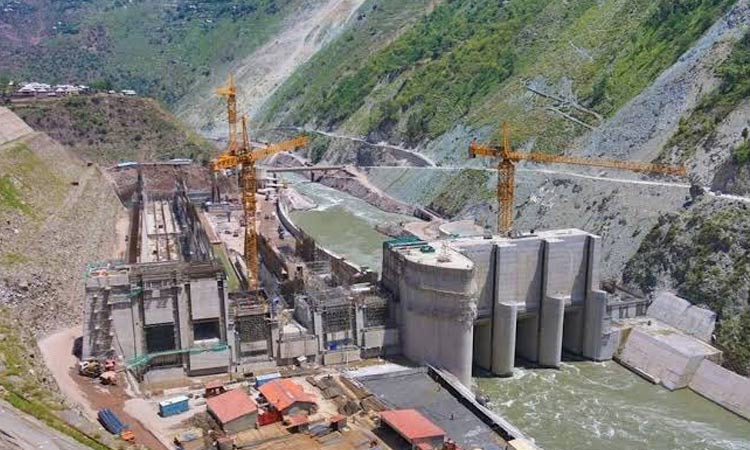
Mangla Dam
Location: Mirpur District
Impounds: Jhelum River
Height: 138 meters (453 feet)
Year of Completion: 1967
Mangla Dam, a key player in the Indus Waters Treaty, stands as a testament to Pakistan’s engineering prowess. Originally built for irrigation and power generation, it continues to support regional agriculture and provide electricity to nearby areas.
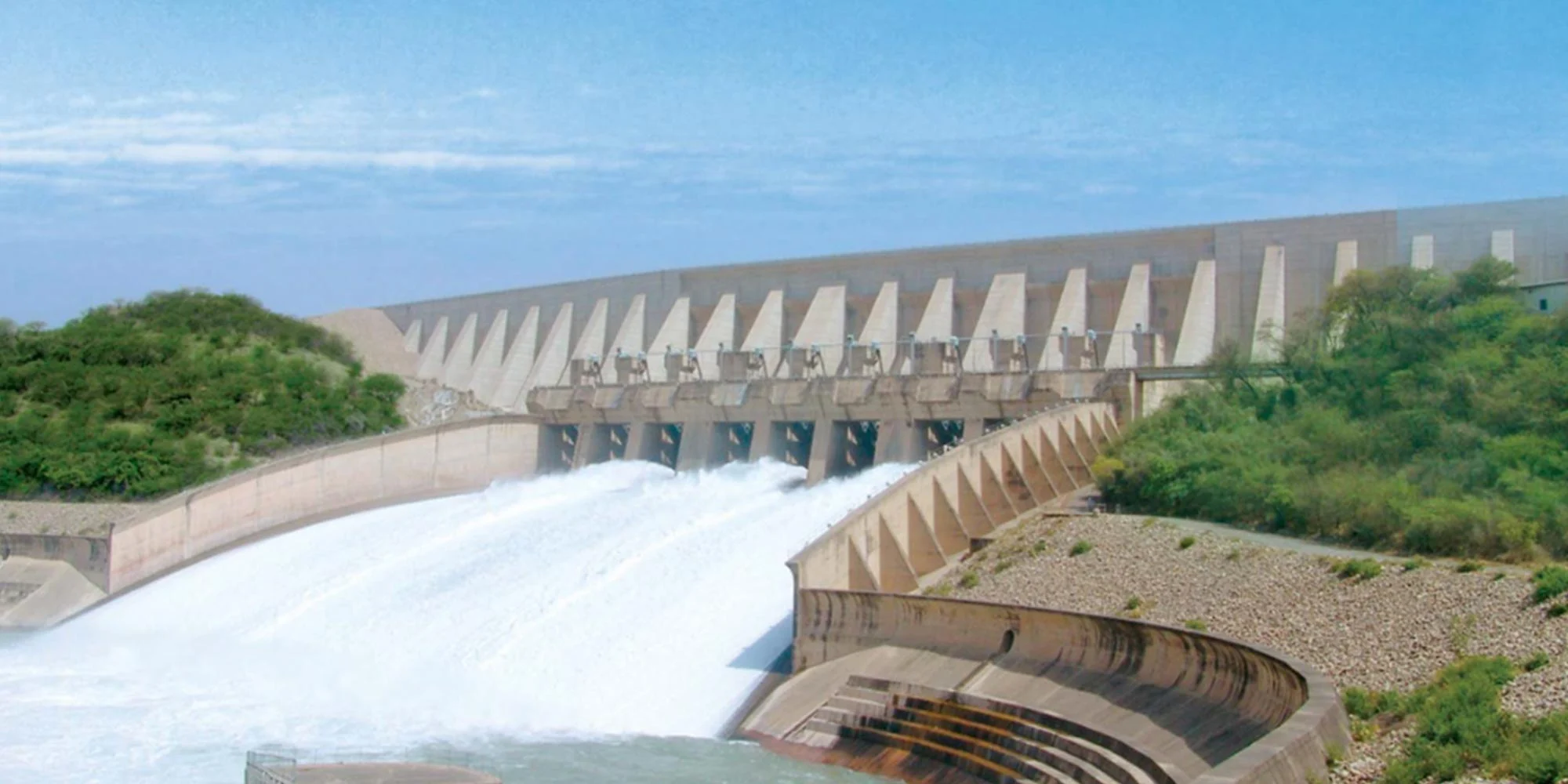
Khanpur Dam
Location: Haripur
Impounds: Haro River
Height: 51 meters (167 feet)
Year of Completion: 1985
Built to supply drinking water to Islamabad and surrounding regions, Khanpur Dam has evolved into a popular tourist destination. Visitors flock to its picturesque surroundings for activities like cliff jumping and camping, making it an ideal getaway spot.
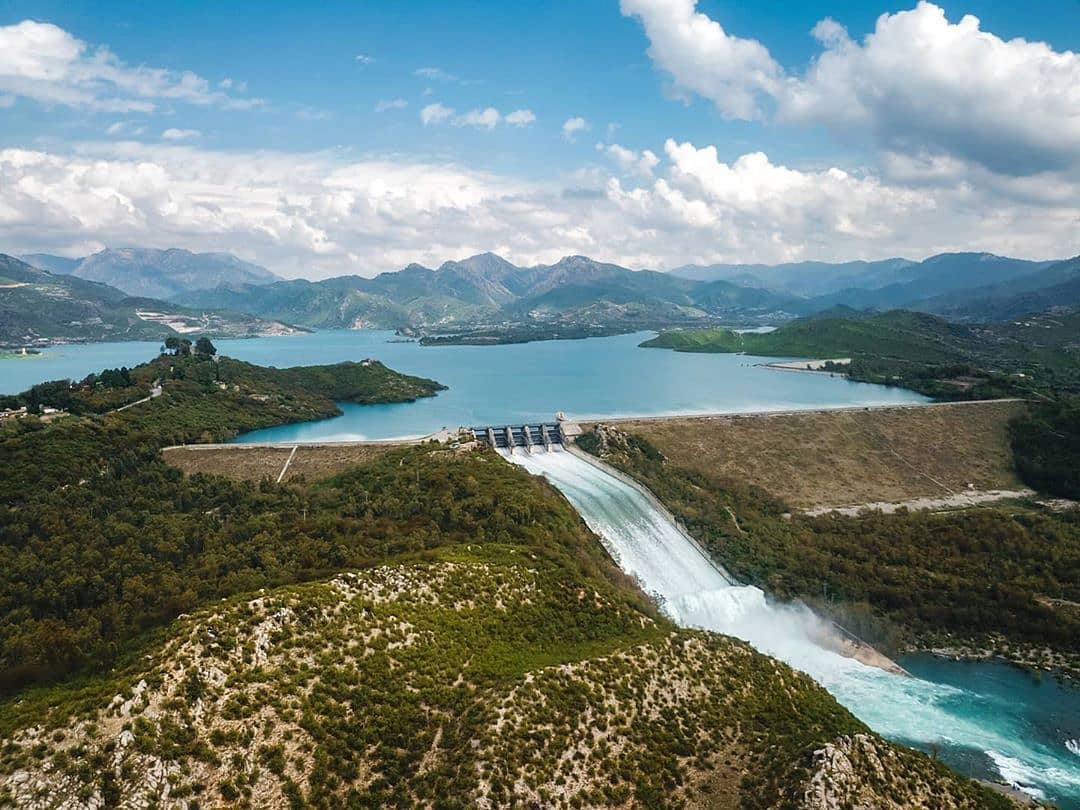
Hub Dam
Location: Karachi district, Sindh
Impounds: Hub River
Year of Completion: 1981
Hub Dam, nestled between Sindh and Balochistan provinces, serves as a vital water reservoir for the region. Its tranquil surroundings attract visitors seeking relaxation and outdoor adventures, making it a favored destination for weekend getaways.
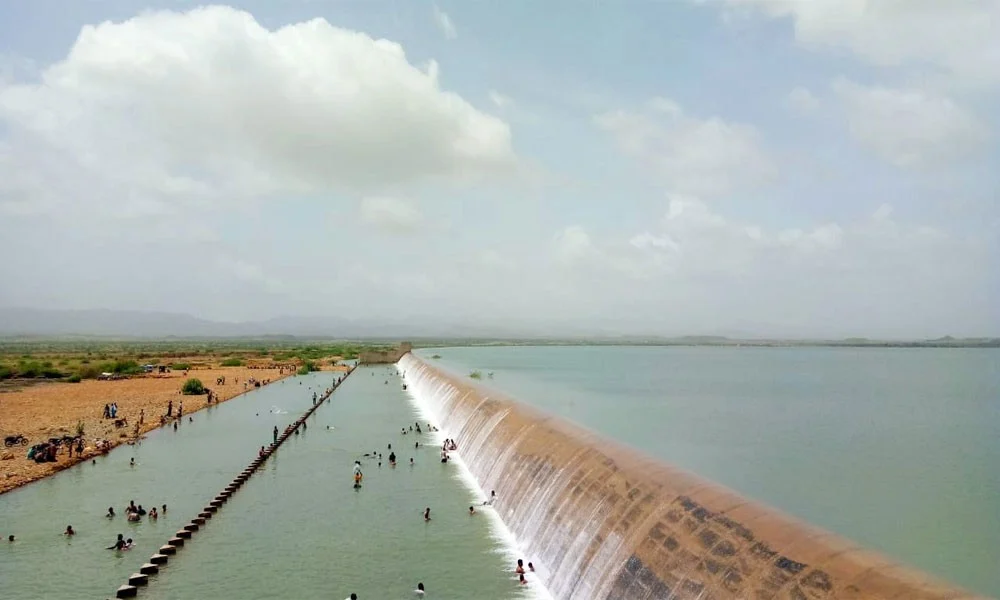
Mirani Dam
Location: Kech district, Balochistan
Impounds: Dasht River
Height: 39 meters (127 feet)
Year of Completion: 2006
Commissioned to provide water for Gwadar city and surrounding areas, Mirani Dam plays a crucial role in agricultural development and water supply management. Its strategic location ensures a steady flow of clean drinking water to nearby towns throughout the year.
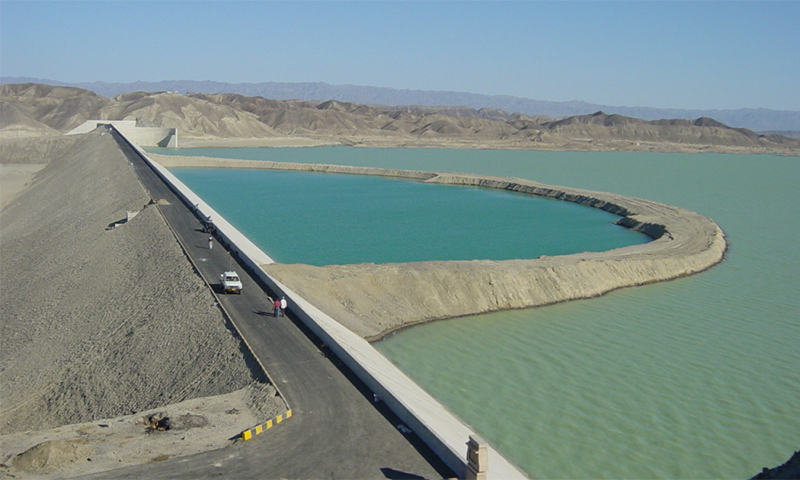
Warsak Dam
Location: Peshawar
Impounds: Kabul River
Year of Completion: 1960
A collaborative effort between Pakistan and Canada, Warsak Dam continues to be a vital source of hydroelectric power for the region. Plans for its rehabilitation and capacity expansion underscore its enduring importance in meeting Pakistan’s energy needs.
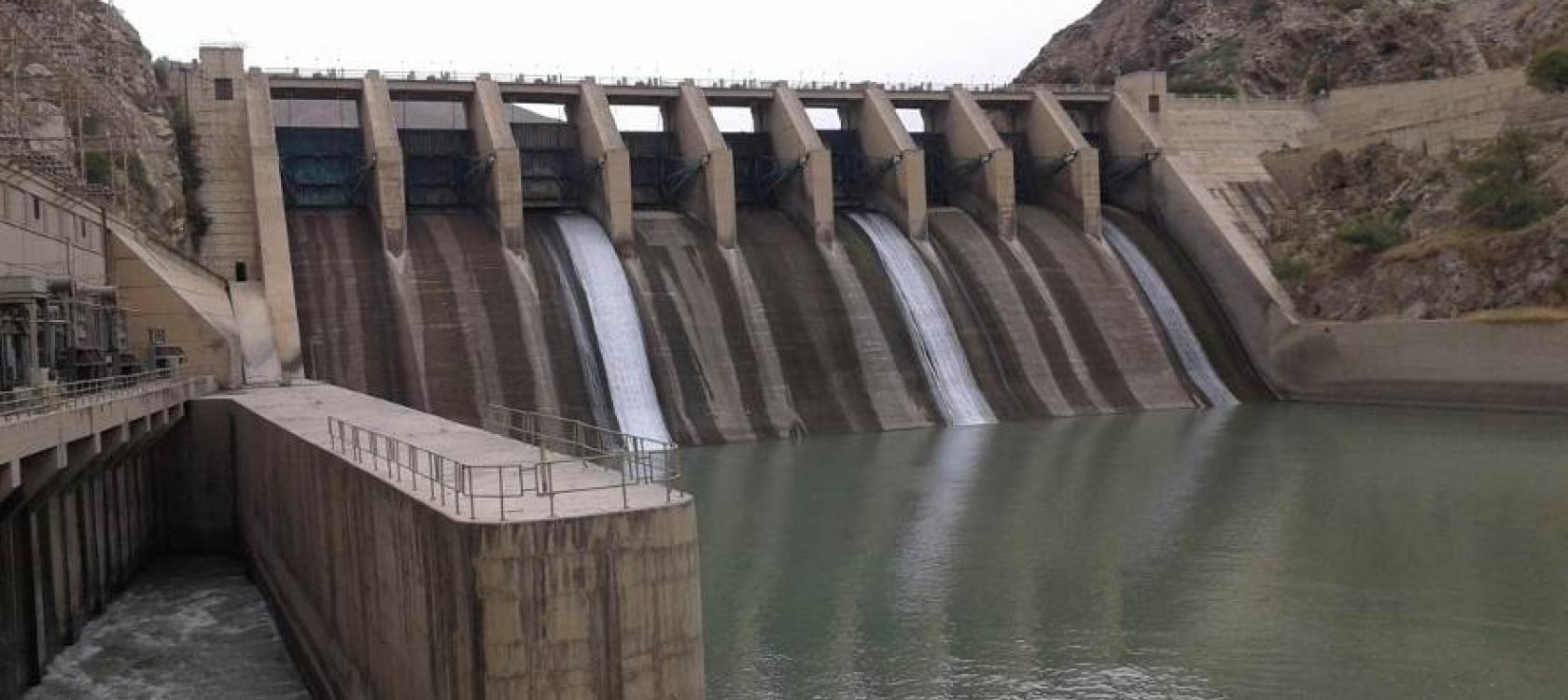
Gomal Zam Dam
Location: South Waziristan Agency, KPK
Impounds: Gomal River
Height: 133 meters (437 feet)
Year of Completion: 2011
Gomal Zam Dam, a significant milestone in Pakistan’s water management efforts, serves multiple purposes including irrigation, flood control, and power generation. Its construction represents a step towards sustainable development and economic growth in the region.
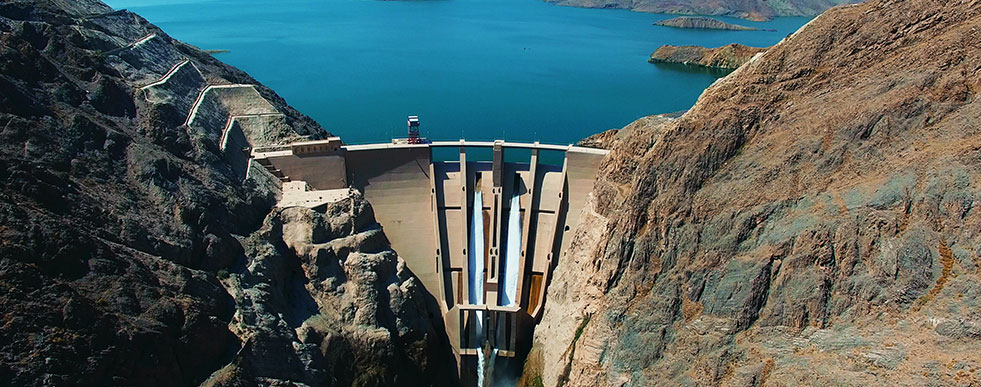
Satpara Dam
Location: Skardu
Impounds: Satpara Stream
Height: 128 feet
Year of Completion: 2011
Satpara Dam, nestled amidst the scenic landscapes of Gilgit-Baltistan, serves as a lifeline for local communities by providing electricity, irrigation, and drinking water. Its efficient design and sustainable practices highlight its role in promoting environmental stewardship.
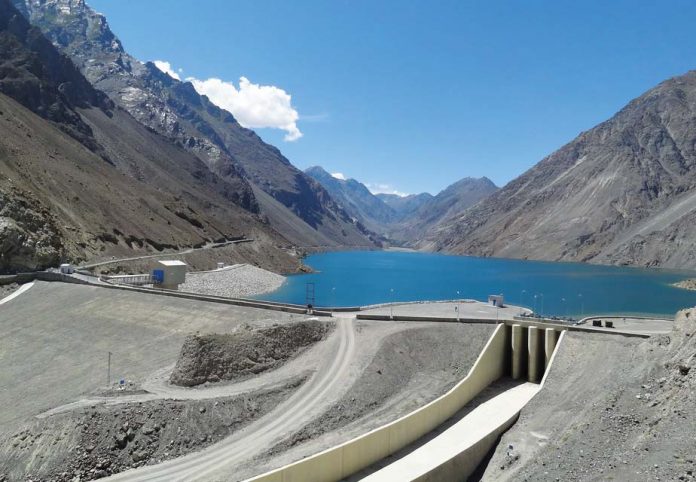
Neelum Jhelum Dam
Location: Azad Kashmir
Year of Operation: 2018
Capacity: 1040MW
The Neelum-Jhelum Dam harnesses water from the Neelum River, diverting it towards the Jhelum River. Operating since 2018, it has become a significant source of hydroelectric power in Azad Kashmir.
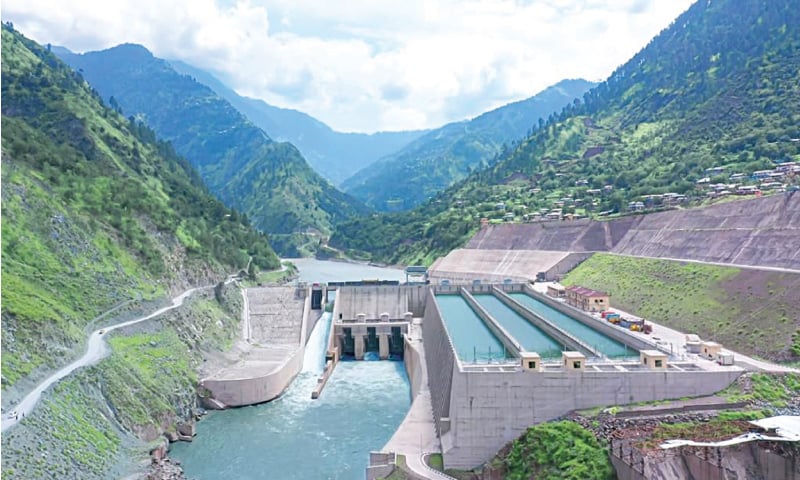
Sabakzai Dam
Location: Balochistan
Year of Completion: 2007
Situated on the Zhob River in Balochistan, the Sabakzai Dam plays a crucial role in irrigating local lands since its completion in 2007. Inaugurated by Gen. Pervez Musharaf, it has also become a popular tourist destination.
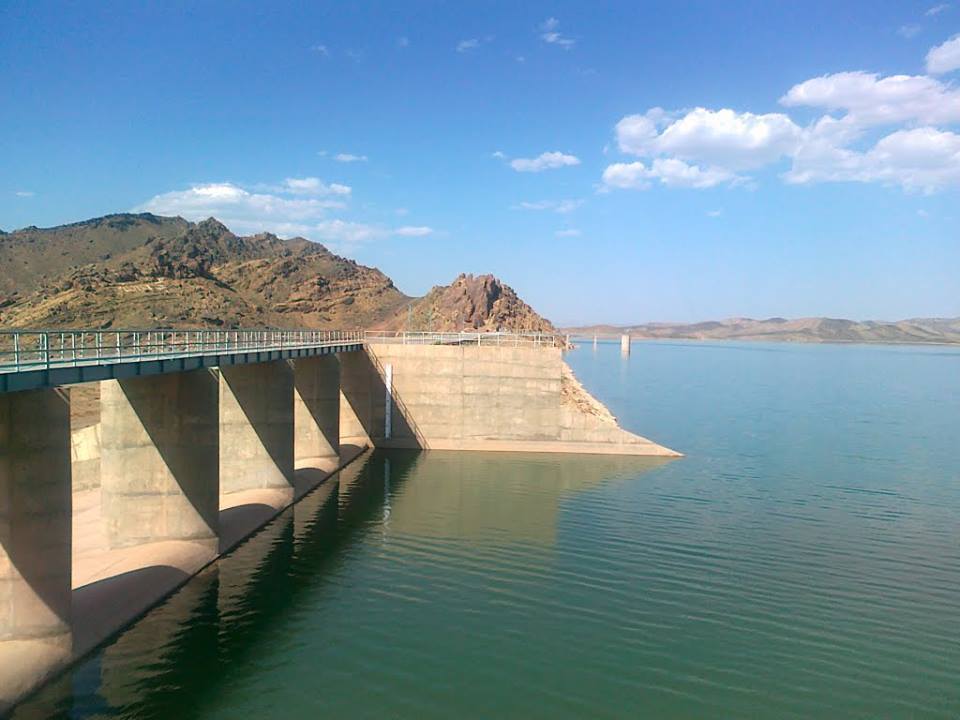
Darawat Dam
Location: Jamshoro District, Sindh Province
Year of Inauguration: 2013
Storage Capacity: 150 million cubic meters
Constructed on the Nai Bran River, Darawat Dam significantly contributes to local irrigation needs. Inaugurated in 2013, it has also emerged as a picnic spot for residents of Hyderabad and Karachi.
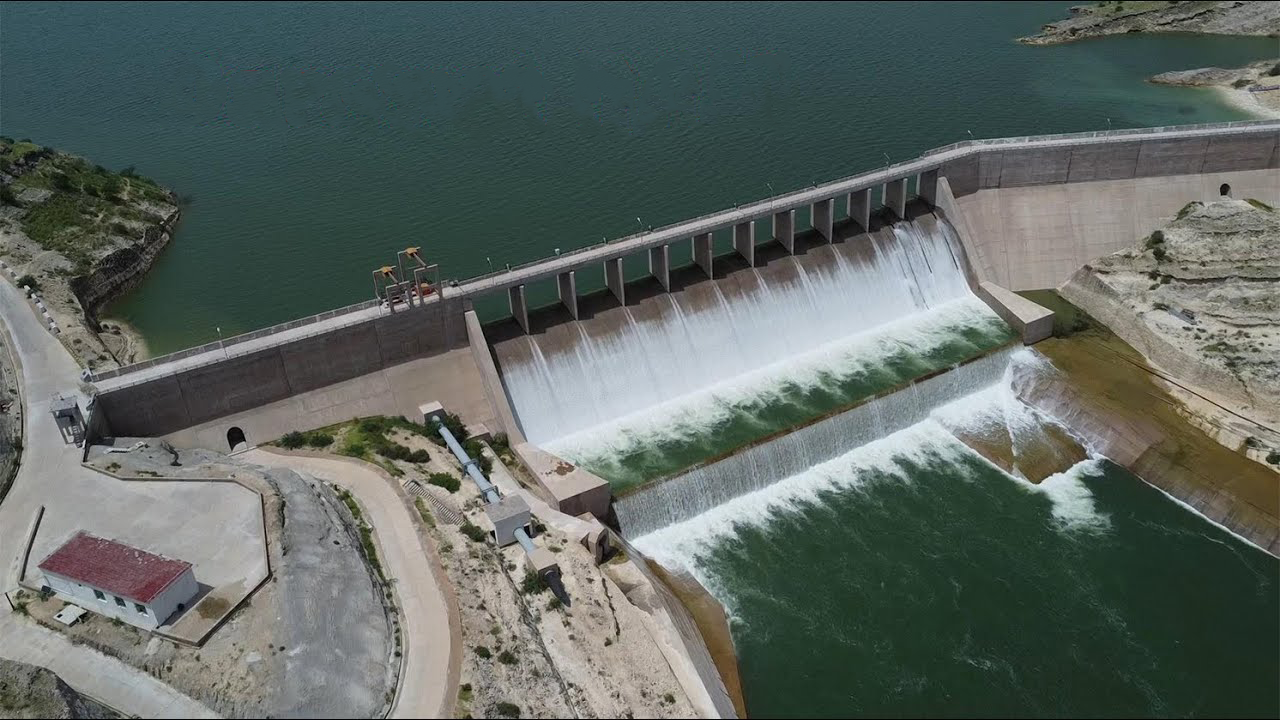
Namal Dam
Location: Namal Valley, Mianwali, Punjab
Year of Construction: 1913
The Namal Dam, constructed by British engineers in 1913, continues to provide effective irrigation to the surrounding agricultural plains. Despite its age, it remains functional and has become a habitat for migratory birds.
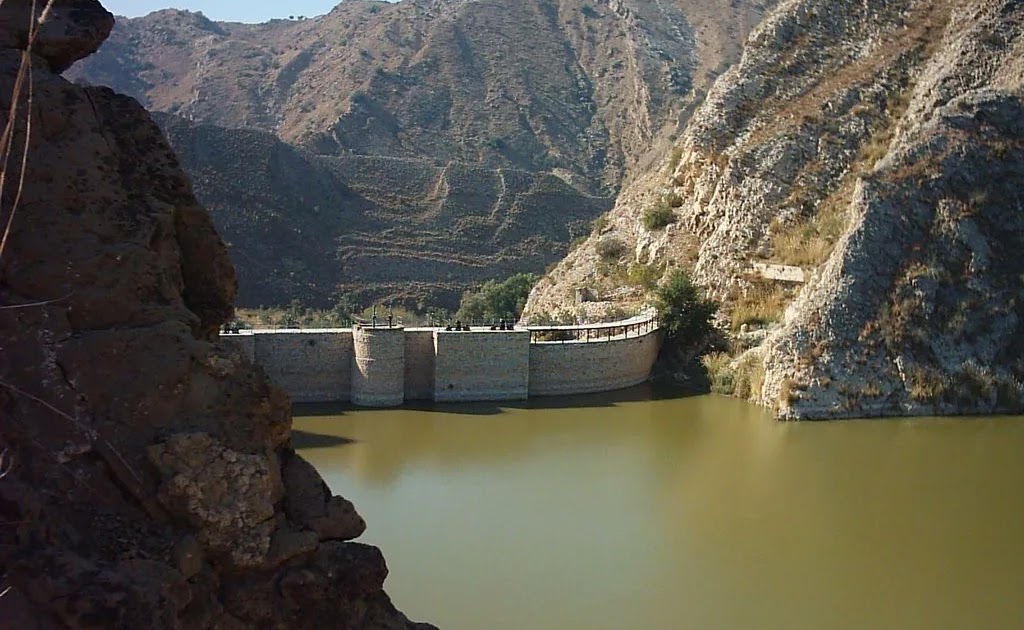
Gulpur Dam
Location: Poonch River near Gulpur
Year of Operation: February 2020
Capacity: 100MW
Operational since February 2020, the Gulpur Dam generates 100 MW of electricity. Constructed through a contract between Wapda and KOSEP, it plays a vital role in meeting the energy demands between Lahore and Islamabad.
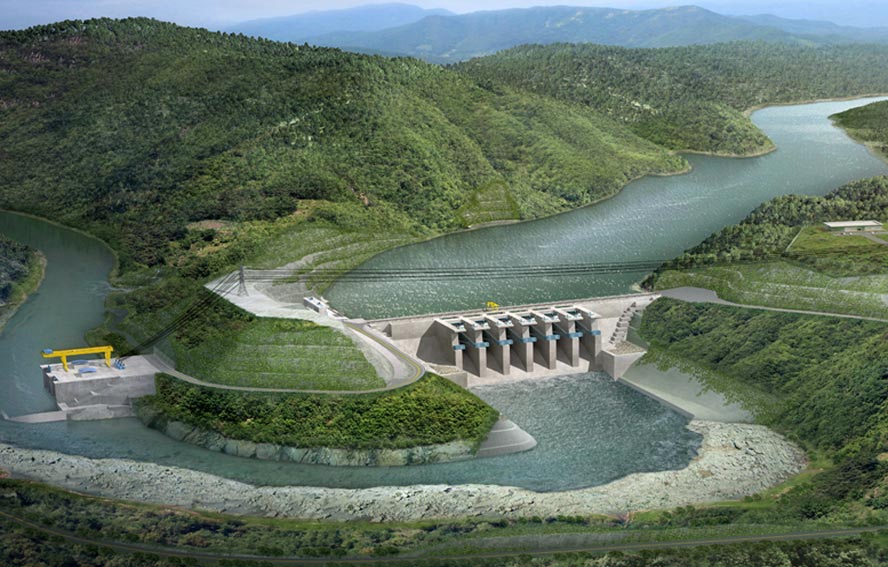
From the towering heights of Tarbela to the tranquil shores of Satpara, Pakistan’s dams stand as enduring symbols of resilience and progress. As the nation continues to harness the power of its water resources, these engineering marvels pave the way for a brighter and more sustainable future.
For more insights on Pakistan’s dams and water management initiatives, stay tuned for our upcoming articles.

